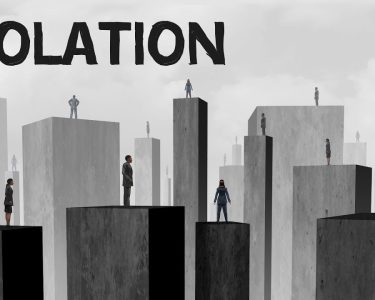Introduction 1.1 The Power of Nonverbal Communication 1.2 The Role of Nonverbal Cues in Building Connections
Understanding Nonverbal Communication 2.1 Body Language: The Unspoken Language 2.2 Facial Expressions: Windows to the Soul 2.3 Gestures and Posture: Conveying Messages 2.4 Eye Contact: Connecting on a Deeper Level
The Importance of Nonverbal Communication in Building Meaningful Connections 3.1 Establishing Trust and Rapport 3.2 Enhancing Emotional Understanding 3.3 Conveying Authenticity and Sincerity 3.4 Bridging Cultural Differences
Improving Nonverbal Communication Skills 4.1 Developing Self-Awareness 4.2 Practicing Active Listening 4.3 Observing Others 4.4 Seeking Feedback and Adjusting
Conclusion
Introduction
1.1 The Power of Nonverbal Communication Communication is a fundamental aspect of human interaction, and while words play a crucial role, they are not the only means of conveying messages. Nonverbal communication, including body language, facial expressions, gestures, and eye contact, has a significant impact on how we connect with others. Beyond words, these nonverbal cues can often speak louder and convey a deeper meaning than verbal language alone.
1.2 The Role of Nonverbal Cues in Building Connections Meaningful connections are built not only through verbal communication but also through nonverbal cues. These cues provide insights into a person’s thoughts, feelings, and intentions, allowing us to understand and connect with others on a more profound level. Nonverbal communication serves as a bridge that connects people, transcending the limitations of words.
Understanding Nonverbal Communication
2.1 Body Language: The Unspoken Language Our bodies constantly communicate messages, even when we’re not consciously aware of it. Posture, gestures, and movements speak volumes about our emotions, confidence, and engagement. For instance, a person with crossed arms and a closed-off posture may signal defensiveness or disinterest, while an open and relaxed stance conveys approachability and openness.
2.2 Facial Expressions: Windows to the Soul The face is a canvas of emotions, capable of expressing a vast range of feelings. From a genuine smile that radiates warmth and happiness to a furrowed brow indicating concern or confusion, facial expressions provide valuable cues for understanding others. By paying attention to these cues, we can better empathize with their experiences and connect with them on an emotional level.
2.3 Gestures and Posture: Conveying Messages Gestures, such as pointing, nodding, or waving, serve as a universal language that transcends cultural barriers. They can emphasize or reinforce verbal messages, adding clarity and emphasis. Additionally, posture plays a role in conveying confidence, respect, and attentiveness. Leaning in when someone is speaking, for example, demonstrates interest and active listening.
2.4 Eye Contact: Connecting on a Deeper Level The eyes are often referred to as the windows to the soul, and for good reason. Eye contact is a powerful nonverbal cue that establishes a connection and conveys interest, trust, and sincerity. It is through eye contact that we can establish rapport and establish a deeper understanding with others, creating a sense of mutual trust and respect.
The Importance of Nonverbal Communication in Building Meaningful Connections
3.1 Establishing Trust and Rapport Nonverbal cues are essential in establishing trust and building rapport with others. When our verbal and nonverbal communication align, it creates a sense of authenticity and sincerity. Consistency between words and body language




